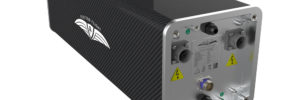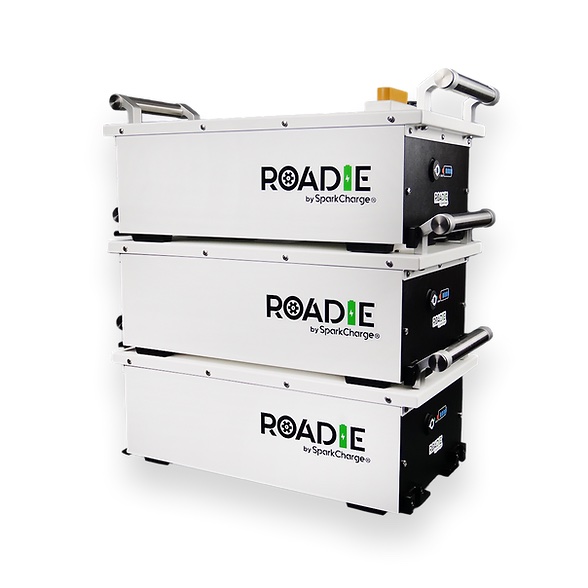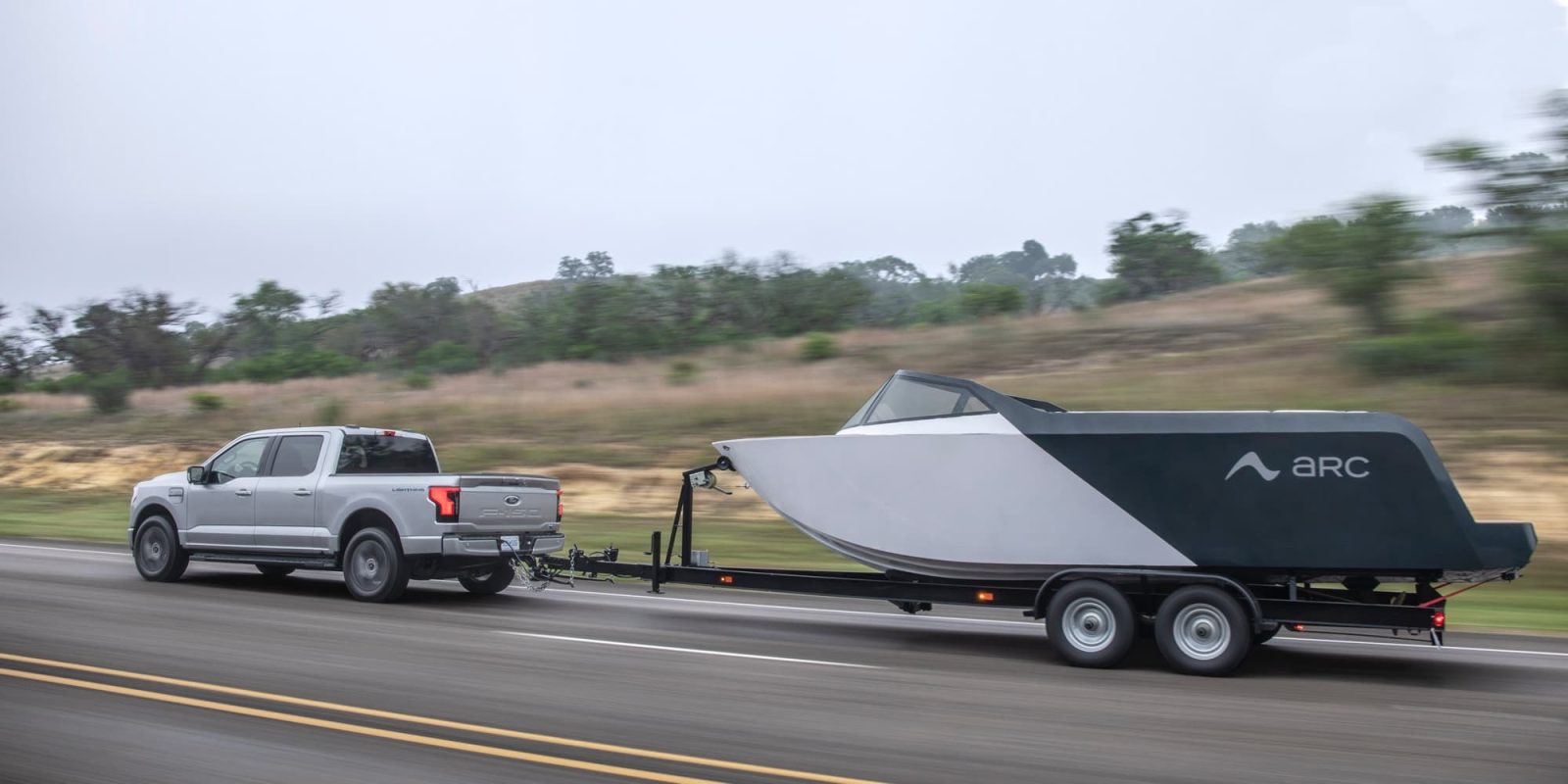Aviation energy storage specialist Electroflight has launched a new energy storage unit that’s designed to facilitate the development of electric aviation prototypes.
Electroflight says its new SEED (Scalable, Expandable Energy Device) can be rapidly deployed without the need to create a bespoke battery system. “Designed for use in early-stage product development, SEED responds to a growing need from aerospace innovators for pre-certification electric and hybrid aircraft for test operations, which require a battery system with the highest levels of quality and safety.”
The new battery has a capacity of 4.3 kWh and specific energy of 196 Wh/kg. It has an operating temperature of -20 to 60° C at discharge and 0 to 60° C at charge. It features fast-charging capability and a self-contained battery management system.
SEED will be compliant with TSO C179b, which refers to industry battery standards such as DO-311A and DO-160.
“SEED can be used in a variety of applications in the aerospace segment, including hybrid, full electric and eVTOL projects, ultimately allowing companies to drive innovation and testing before investing in a full-scale bespoke battery system,” says Electroflight. “The compactness of the system also means that SEED can be used in challenging packaging envelopes—particularly in smaller aircraft where space and weight are at a premium.”
“The technology in the SEED system has been built on the foundations of the groundbreaking innovation we developed for the world record-breaking ACCEL project, and further strengthened from battery supply partnerships with eVTOL and CS23 aircraft customers,” said Douglas Campbell, Technical Director of Electroflight. “We are already seeing high levels of demand for the system. One leading operator in the electric aviation space has already placed a major order, requesting A samples by Q1 2023 and B samples and first flight in Q2 2023. Another two are very close to finalizing orders.”
“We will need a significant and sustained influx of investment in battery technology if electric aviation is going to become a reality, and innovators in this space need to be empowered to prototype and test as effectively as possible without sacrificing safety or accuracy,” said Stjohn Youngman, Managing Director UK at Electroflight.
Source: Electroflight
Source: Electric Vehicles Magazine






